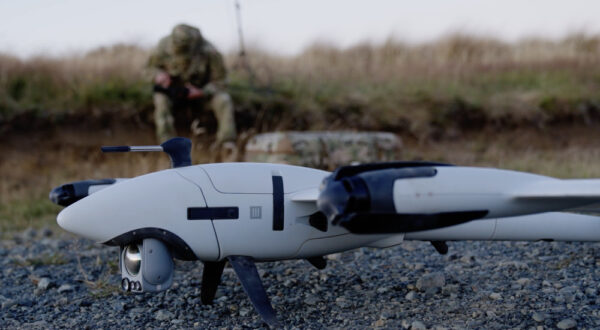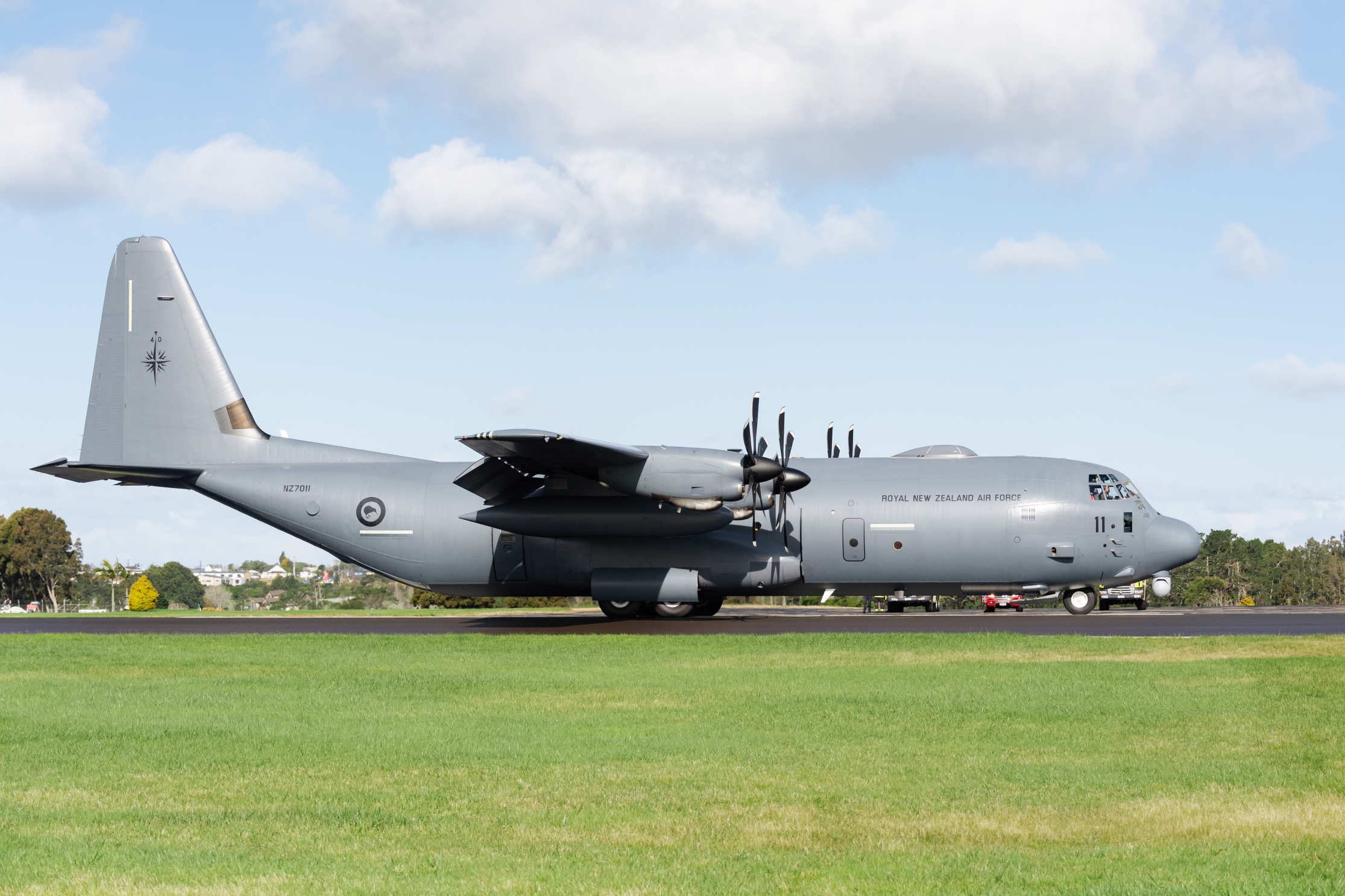NZ Prime Minister Christopher Luxon and Defence Minister Judith Collins released a 2025 Defence Capability Plan that outlines spending of NZ$12 billion (A$11bn) over four years, taking in $9bn (A$8.3bn) of new spending.
The decision will raise NZ’s defence spending from just over 1 per cent of GDP to more than 2 per cent in eight years.
Australia is moving to lift its defence spending from just under 2 to 2.4 percent of GDP while European nations are moving to lift that spending ratio to as high as 5 or 7 per cent fuelled by a war on their doorstep in the Ukraine.
“Global tensions are increasing rapidly, and New Zealand has stepped up on the world stage, but our current defence spending is simply too low,” Luxon says.
“This blueprint has been designed with a 15-year horizon but deliberately focuses on critical investments needed in the next four years to ensure our defence force can adapt as the world around us changes.”
The plan has three objectives for the NZDF: increase its firepower, strengthen defence ties with Australia such as a new Anzac force and boost technological capabilities by increasing funding for defence technology.
The plan details major spending on new navy helicopters, more secure communication for the army, upgrading the Javelin anti-tank missile system, replacing its Boeing 757 fleet to transport personnel and freight; more vehicles, using remote long-range drones, space capabilities and a new-look Devonport navy base in Auckland.
Collins says the world has become more dangerous.
“They (NZDF) cannot do their jobs without the right equipment and conditions,” she says.
Collins says the NZDF endured 35 years of cuts and underfunding and it has been hollowed-out in terms of personnel numbers.
“Already our attrition has fallen from 15.8 percent in December 2022 to 7.5 percent in February 2025 but we know we need to rebuild the core of the NZDF so we can fully user the ships, aircraft, vehicles and weapons we already have while looking to what is needed in the future,” Collins says.
“Our personnel … must be equipped and trained for a range of operations, to be more combat capable and able to deter actions while also being ready to provide humanitarian assistance and disaster relief.
“This plan … gets our NZDF out of the intensive care unit and not just growing but growing where we need it to.”
2025 DEVELOPMENTS
RNZ AIR FORCE: NZ took delivery of five new C-130J Super Hercules (bigger than previous aircraft) for $1.52bn, which was subsidised by the US under its Foreign Military Sales program. (The RAAF is slated to buy 20 of them for A$10 billion.). The RNZAF also bought four Boeing P-8 Poseidons from the US for NZ $2.34bn for long-range maritime patrols. They replace six Vietnam War-era P-3 Orion aircraft, which retired last year.
RNZ NAVY: The NZ Navy has been reduced to eight ocean-going vessels after its dive and hydrographic ship, the Manawanui, sunk off Samoa last October. The Anzac frigate Te Kaha is in the Middle East. It was two days into its journey from its home port in Auckland when it was called in by Australia to monitor three Chinese warships in the Tasman Sea, which carried out live-fire drills and prompted aircraft diversions — and a political storm. The Te Kaha was assisted by supply ship Aotearoa which sailed up from Antarctica to refuel the Te Kaha near Tasmania.
RNZ ARMY: The Army recently took part in a US-based military experiment to learn about using new battlefield communication technology (along with Australia). An artillery regiment is improving its beyond-line-of-sight capability by mastering the Quantum Systems small uncrewed aircraft system (UAS) Vector Scorpion for reconnaissance and surveillance. The Army is also receiving 60 military vehicles from Spanish manufacturer UROVESA with communications networks.







